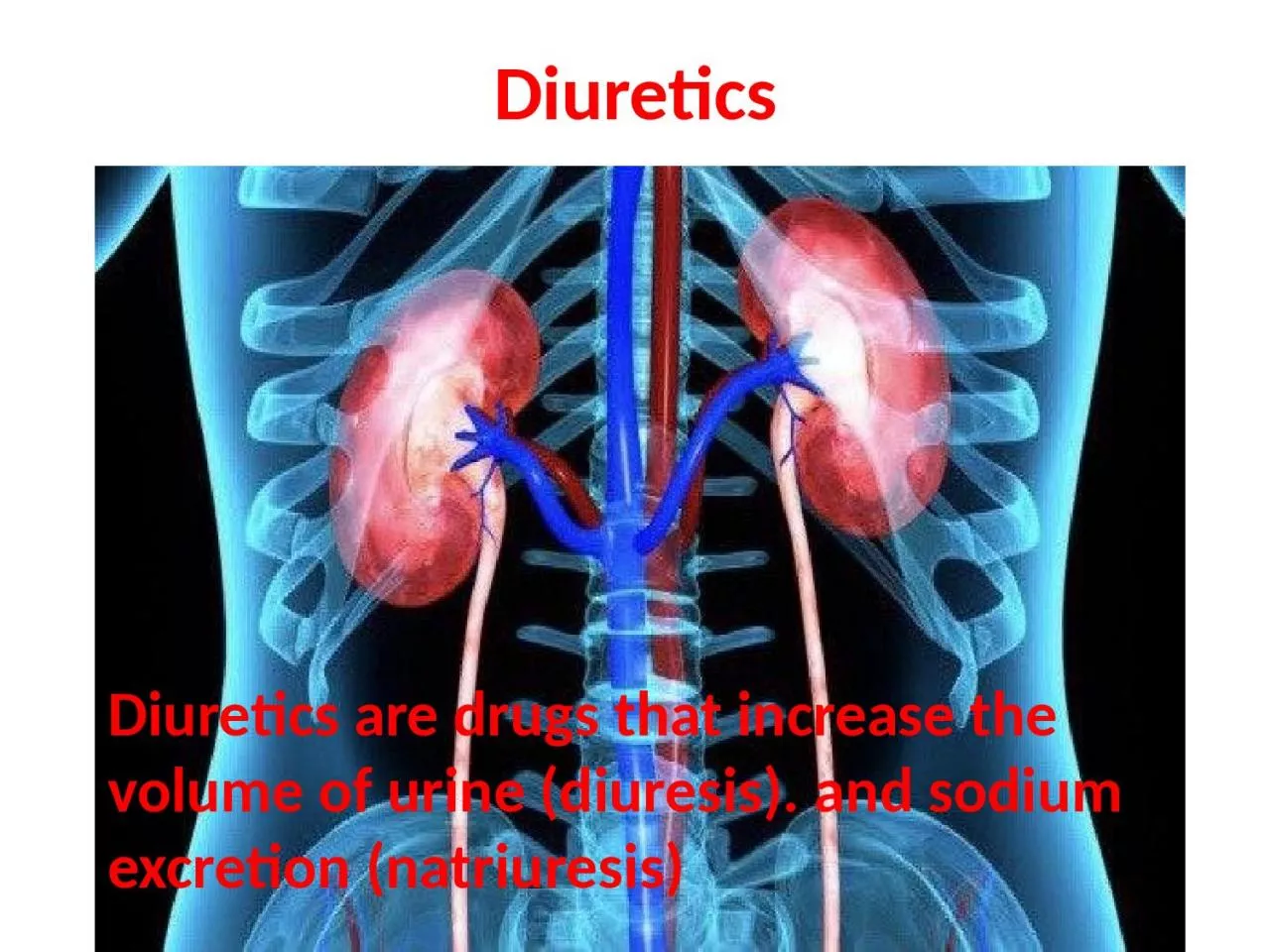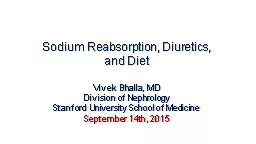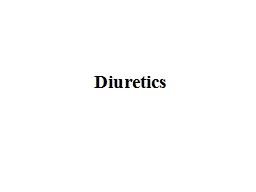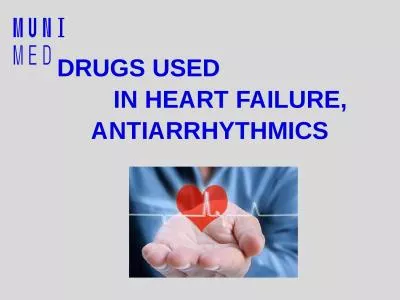PPT-Diuretics Diuretics are drugs that increase the volume of urine (
Author : emery | Published Date : 2024-02-09
diuresis and sodium excretion natriuresis RENAL TRANSPORT MECHANISMS The kidney filters plasma water and solutes at the glomerulus at a very high rate 180 Lday
Presentation Embed Code
Download Presentation
Download Presentation The PPT/PDF document "Diuretics Diuretics are drugs that incre..." is the property of its rightful owner. Permission is granted to download and print the materials on this website for personal, non-commercial use only, and to display it on your personal computer provided you do not modify the materials and that you retain all copyright notices contained in the materials. By downloading content from our website, you accept the terms of this agreement.
Diuretics Diuretics are drugs that increase the volume of urine (: Transcript
Download Rules Of Document
"Diuretics Diuretics are drugs that increase the volume of urine ("The content belongs to its owner. You may download and print it for personal use, without modification, and keep all copyright notices. By downloading, you agree to these terms.
Related Documents














